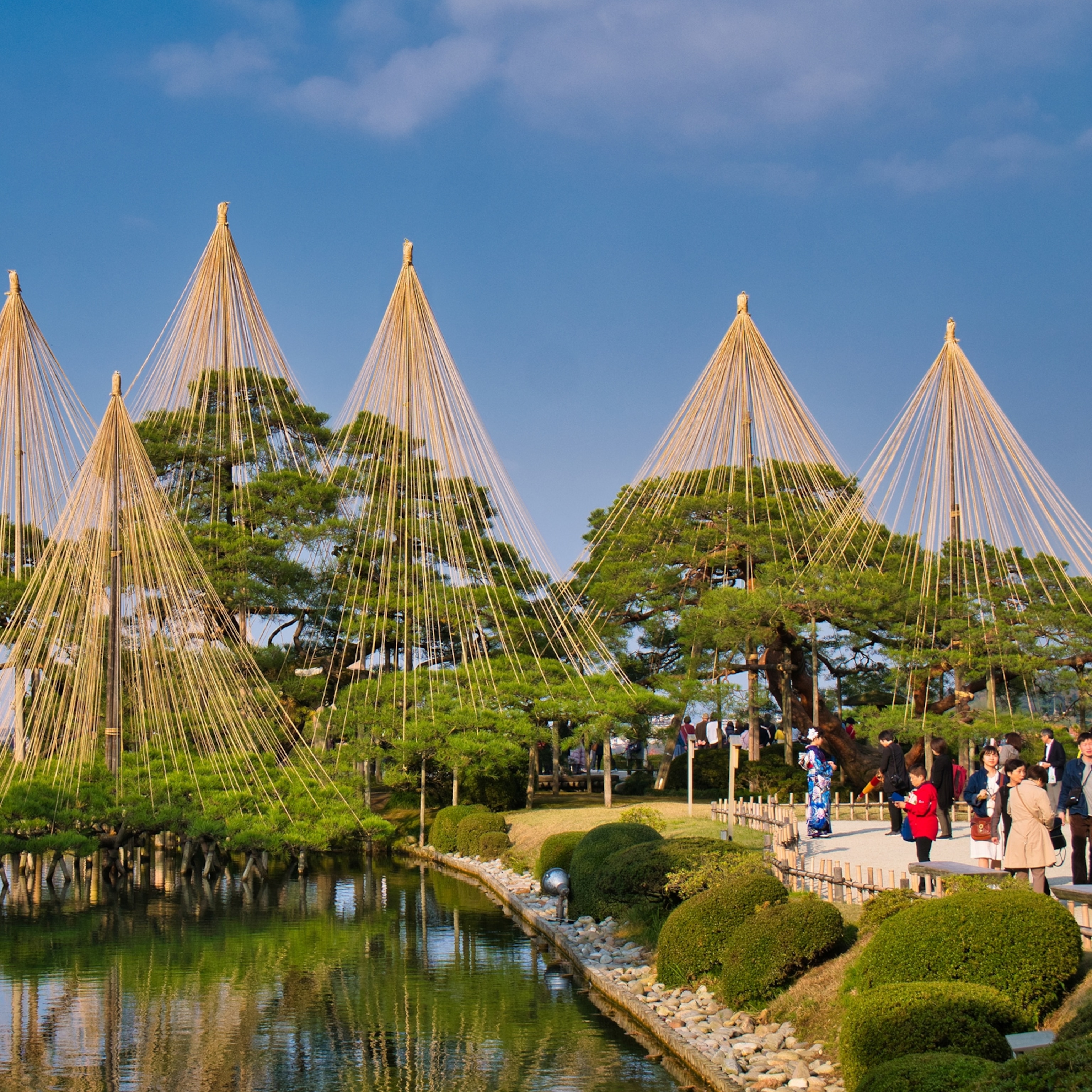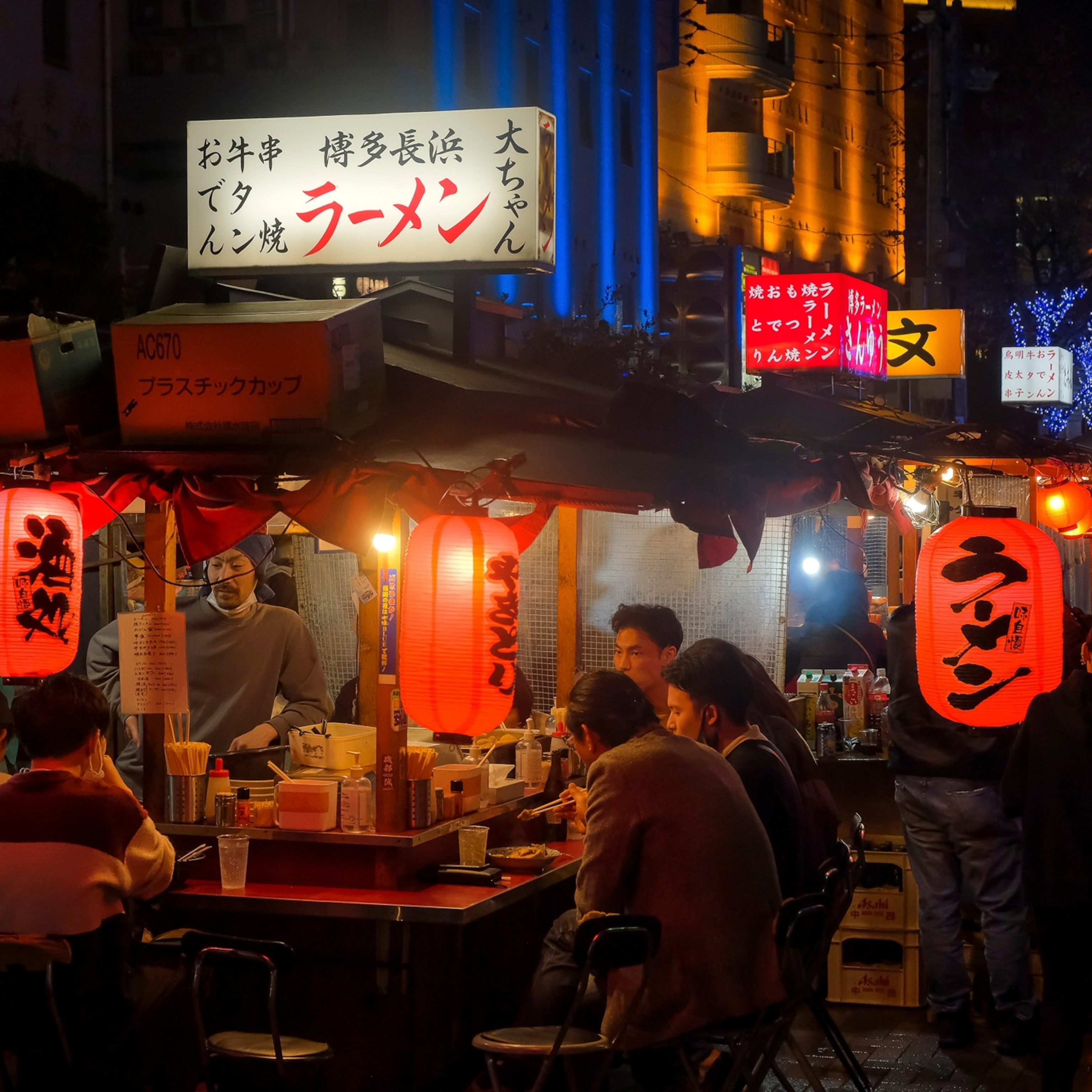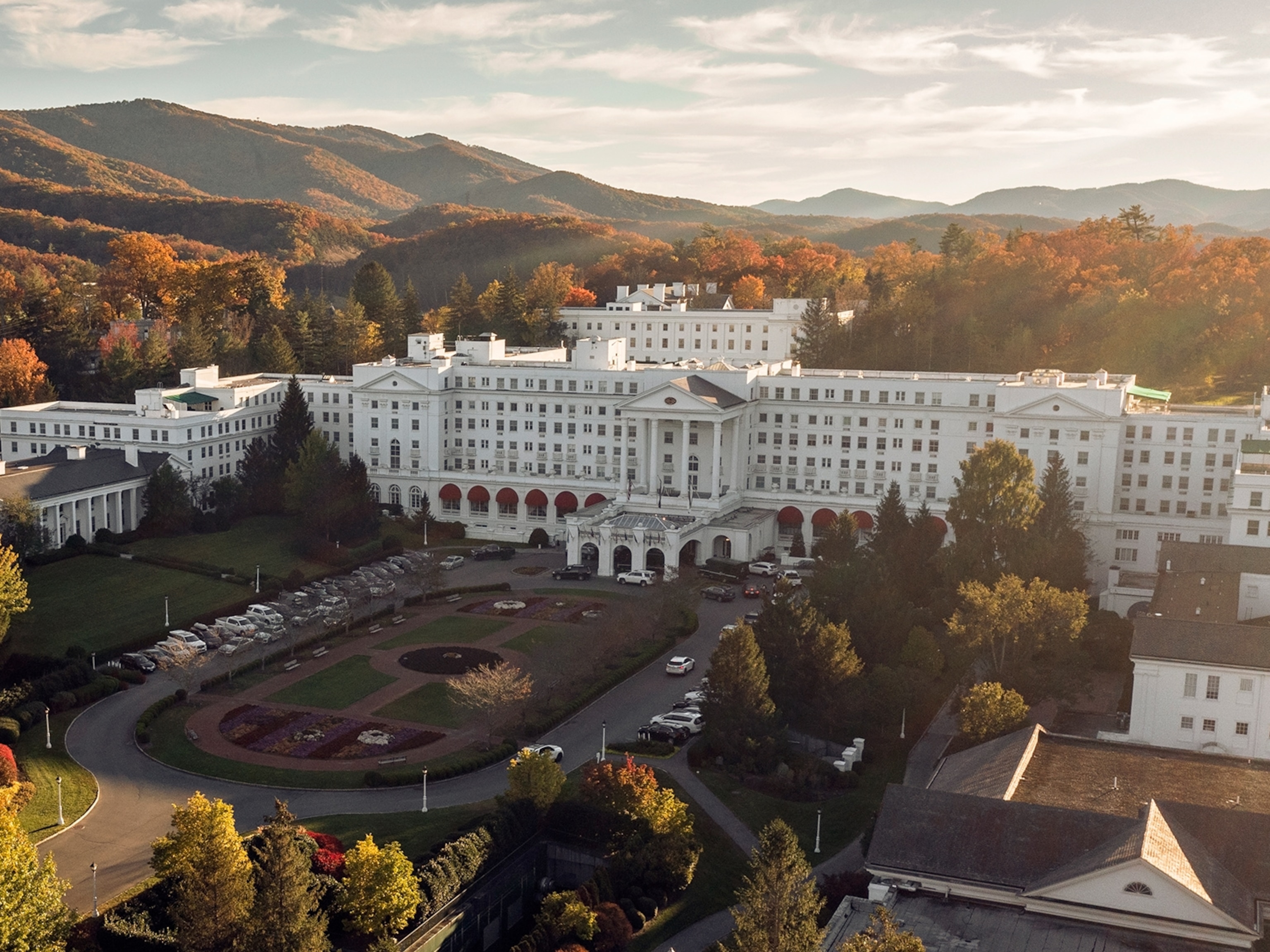The essential guide to visiting West Virginia
Here’s everything you need to know about the mountain state’s rushing rivers, Appalachian hikes, and historic cities.
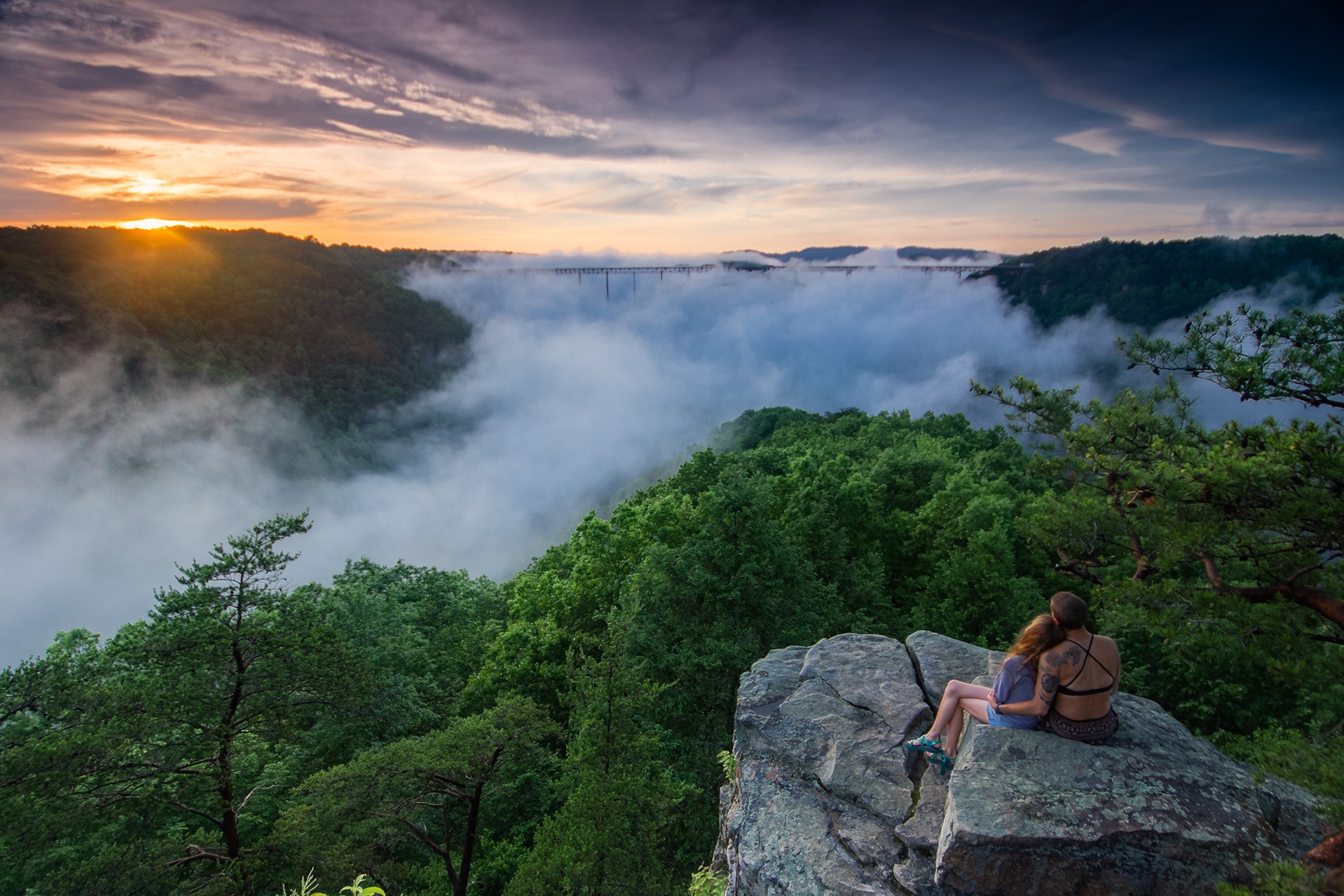
fast facts
Capital: Charleston
Time zone: Eastern Standard Time
Main airports: West Virginia International Yeager Airport (CRW), in the capital of Charleston, is serviced by American Airlines, United Airlines, Delta, and Breeze. Airports with more connections include Pittsburgh International Airport (PIT) and Dulles International Airport (IAD) near Washington, D.C.
Fun fact: West Virginia has over 2,000 miles of white water, the highest density of any state in America.
Why you should visit West Virginia
Towering mountains. Rushing rivers ideal for white-water rafting (one of National Geographic’s top 20 Best of the World travel adventures for 2024). America’s newest national park. Appalachian cuisine and folk music.
Best time to visit West Virginia
Spring: Late April through May, yellow trout lily, purple larkspur, and other wildflowers frame hiking paths such as the Blackwater River Trail in Canaan Valley Resort State Park, the Stone Cliff Trail in New River Gorge National Park and Preserve, or the Central Trail loop in Cacapon Resort State Park. It’s also ramps season, when the foraged wild onions headline on restaurant menus, at the Ramps and Rail Festival in Elkins, and even in allium-forward wine.
Summer: With the highest average elevation east of the Mississippi River, West Virginia often has pleasantly cool summer temperatures. In steamier weather, visitors chill out by white-water rafting on the Lower Gauley or Cheat Rivers or by tubing in the Shenandoah or Potomac Rivers. The West Virginia Waterfall Trail spotlights cascades in places including Babcock State Park and Monongahela National Forest.
July festivals include the Sternwheel Regatta with boat races along the Kanawha River in Charleston and the Contemporary American Theater Festival of new plays in Shepherdstown.
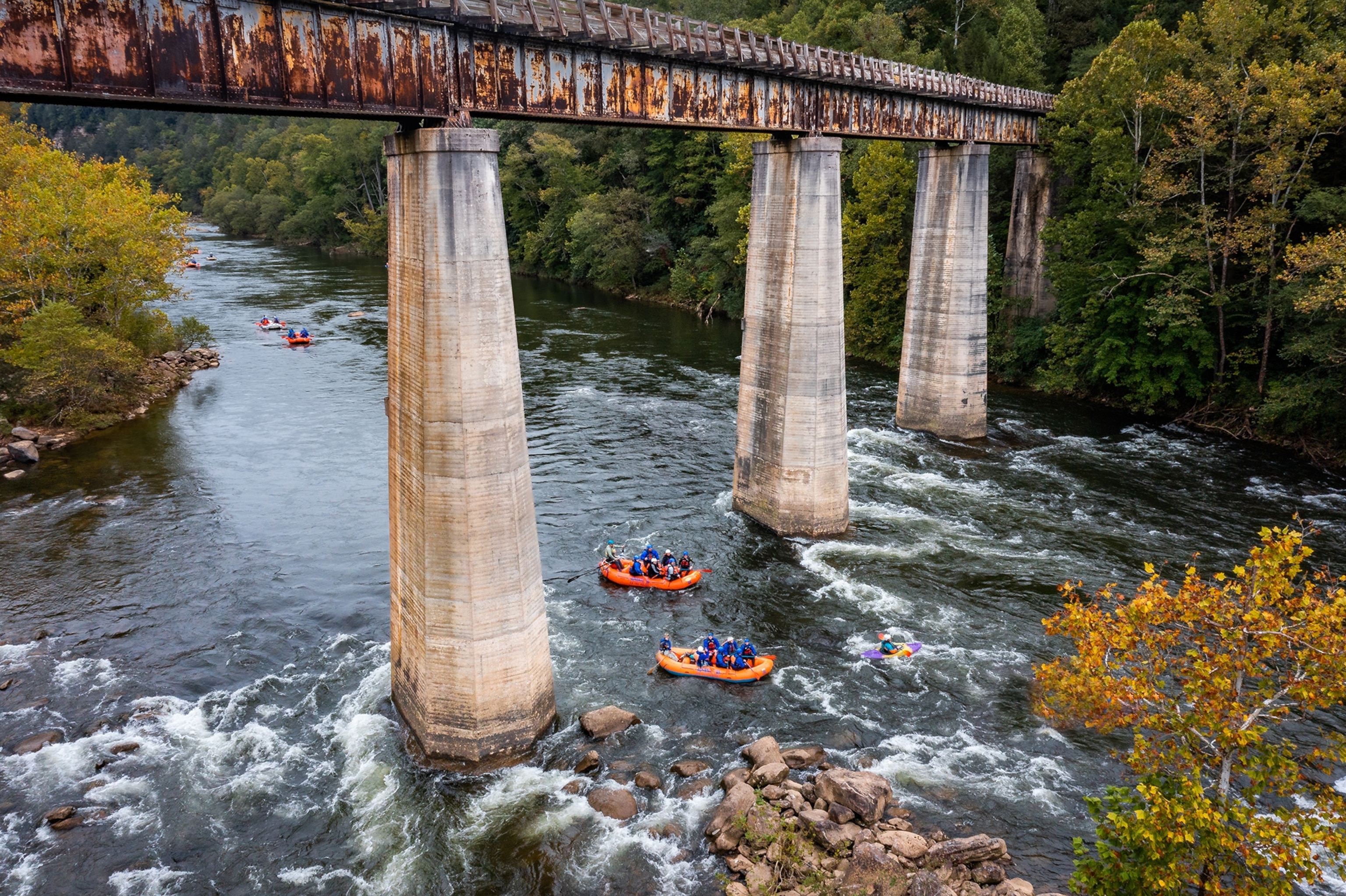
Autumn: Gauley Season opens 25 miles of the legendary river to rafters in September and October—arrange a trip with ACE Adventure Resort or Adventures on the Gorge. Also thrilling: watching BASE jumpers hurl themselves off of the 3,030-foot long, 876-foot-high New River Gorge Bridge during the Bridge Day festival in Fayetteville.
See September and October’s peak fall foliage on scenic drives, hiking trails, or by riding restored trains, the Potomac Eagle and the New Tygart Flyer.
Winter: In the eastern part of West Virginia, mountainous terrain (40 peaks above 4,000 feet!) and high average snowfalls attract skiers, sledders, and tubers. Downhill schussers and snowboarders head to Timberline Mountain and Canaan Valley Ski Resort. Nearby, Blackwater Falls State Park appeals to families with a quarter-mile-long sled run and cabins with wood-burning fireplaces.
Lay of the land
Cities and towns: West Virginia is within a day’s drive of nearly two-thirds of the U.S. population. In its eastern panhandle, mountain-framed Berkeley Springs has been a spa town since colonial times and Shepherdstown has Civil War history, restaurants, and shops in rehabbed vintage buildings.
Along the Monongahela River in the northern part of the state, Morgantown is home to scenic covered bridges, museums, and green spaces such as the West Virginia Botanic Garden.
The state capital, Charleston, at the confluence of the Kanawha and Elk Rivers in the southwestern part of the state, has waterside trails, street murals, and the Capitol Market, a food and crafts bazaar in a vintage train station.
Southeast of Charleston in the Appalachian foothills, Beckley has been a coal mining hub since the late 19th century. Visitors can take mine tours or browse for local crafts at the Tamarack cultural center.
In the south central part of the state, Fayetteville’s breweries, restaurants, and gear shops appeal to adventurers headed to New River Gorge National Park and Preserve next door.
Parks: New River Gorge National Park and Preserve opened in 2020 on 72,000 acres of wooded hills, deep ravines, and Appalachian plateau. The 63rd U.S. national park is popular with hikers, rafters, and mountain bikers.
At the confluence of the Shenandoah and Potomac Rivers in West Virginia’s easternmost corner, Harpers Ferry National Historical Park recreates and preserves the 19th-century railroad town where John Brown staged the 1859 rebellion that sparked the Civil War. The Appalachian National Scenic Trail crosses through town.
Nearly 80 percent of West Virginia is forested with 27 different tree species. In the state’s north central highlands, the Monongahela National Forest (including the pristine Dolly Sods Wilderness) covers nearly a million acres ideal for horseback riding, hiking, fishing, rock climbing, and cross-country skiing.
There are 35 state parks and nine state forests, including Coopers Rock State Forest with its sandstone cliffs, and Blackwater Falls State Park with a 57-foot-high waterfall and hiking trails.
Getting around West Virginia
By car: West Virginia is easily accessible by six interstates. You’ll need a car to explore its scenic highways and backroads. EV charging stations are available in most cities, many towns, and several state parks. Mountain areas may require AWD, 4WD, or chains during snowy weather.
By bus: Megabus has a station in Morgantown; there are Greyhound stations in Charleston, Huntington, Beckley, Bluefield, Morgantown, Fairmont, and Bridgeport.
By train: Amtrak’s Capitol Limited train operates daily to Harpers Ferry and Martinsburg; the Amtrak Cardinal runs weekly to White Sulphur Springs, Alderson, Hinton, Prince, Thurmond, Montgomery, Charleston, and Huntington.
In town: Larger cities and towns have bus service and bike share or rental programs, including the Kanawha Valley Regional Transportation Authority in Charleston, the Tri-State Transit Authority in Huntington, and Morgantown’s Mountain Line Transit Authority.
Know before you go
Cultural History: West Virginia’s human history begins with nomadic Paleo-Indians who inhabited the area as early as 11,000 B.C. The historic peoples most associated with the region include the Cherokee, Delaware, Shawnee, and Iroquoian-speaking peoples. Enslaved Africans were forced to work in areas that include Greenbrier, Monongahela, and Kanawha in the 18th and 19th centuries.
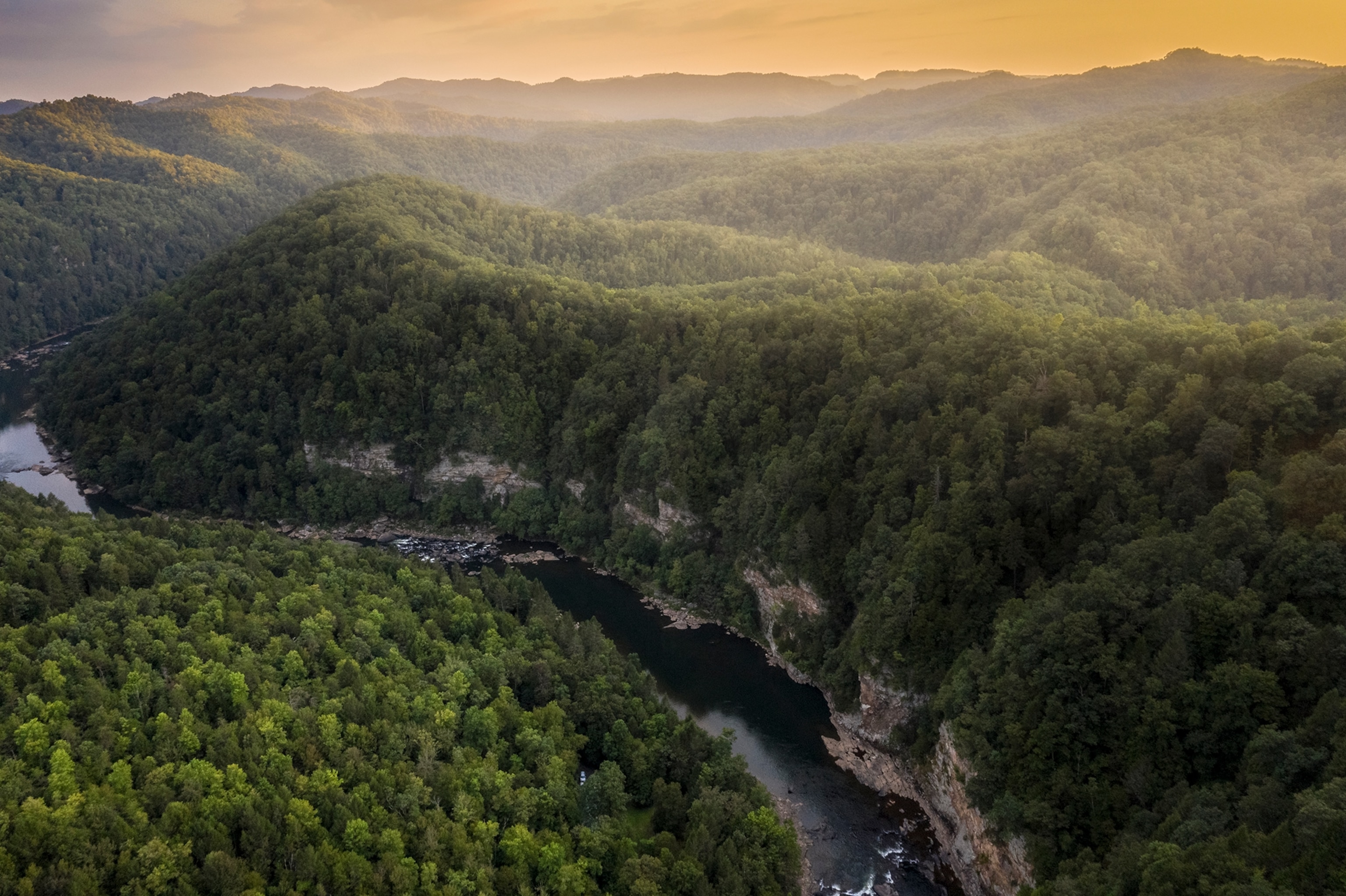
West Virginia is the only state formed as a result of the Civil War, carved out of western Virginia and added to the union by Abraham Lincoln in 1863. The Emancipation Proclamation ended slavery here on February 3, 1865.
LGBTQ+: Same-sex marriage wasn’t recognized in West Virginia until 2014. The state ranks 31st on Out Leadership’s annual State LGBTQ+ Business Climate Index for 2023. Cities such as Charleston, Morgantown, Huntington, and Harpers Ferry host Pride festivals.
How to visit West Virginia sustainably
Help preserve habitat by sticking to designated trails and roads and leaving no trace. When visiting public lands, properly extinguish campfires. Eat at locavore restaurants and try foraged foods such as ginseng and ramps.
What to read and watch
Another Appalachia by Neema Avashia. A queer Asian American teacher and writer hysterically and poignantly details her triumphs and struggles living in West Virginia.
Born in a Ballroom, directed by Clara Lehmann. This documentary introduces viewers to The Hütte—a Swiss restaurants and cultural icon in the remote mountain town of Helvetia—and its spitfire founder, the late Eleanor Mailloux.
Feast of the Seven Fishes directed by Robert Tinnell. Set in a mining town in the 1980s, this 2018 holiday film depicts Italian-American family life.
The Grand Design: A Novel of Dorothy Draper by Joy Callaway. A historical novel—set at White Sulphur Springs’ extravagantly decorated Greenbrier—imagines the life and love story of Draper, the mid-20th-century interior designer who decked out the resort.
Rocket Boys by Homer Hickam. This memoir set in 1950s Coalwood traces Hickam’s early obsession with Sputnik, which led him to a NASA career. (This also inspired the movie October Sky.)
